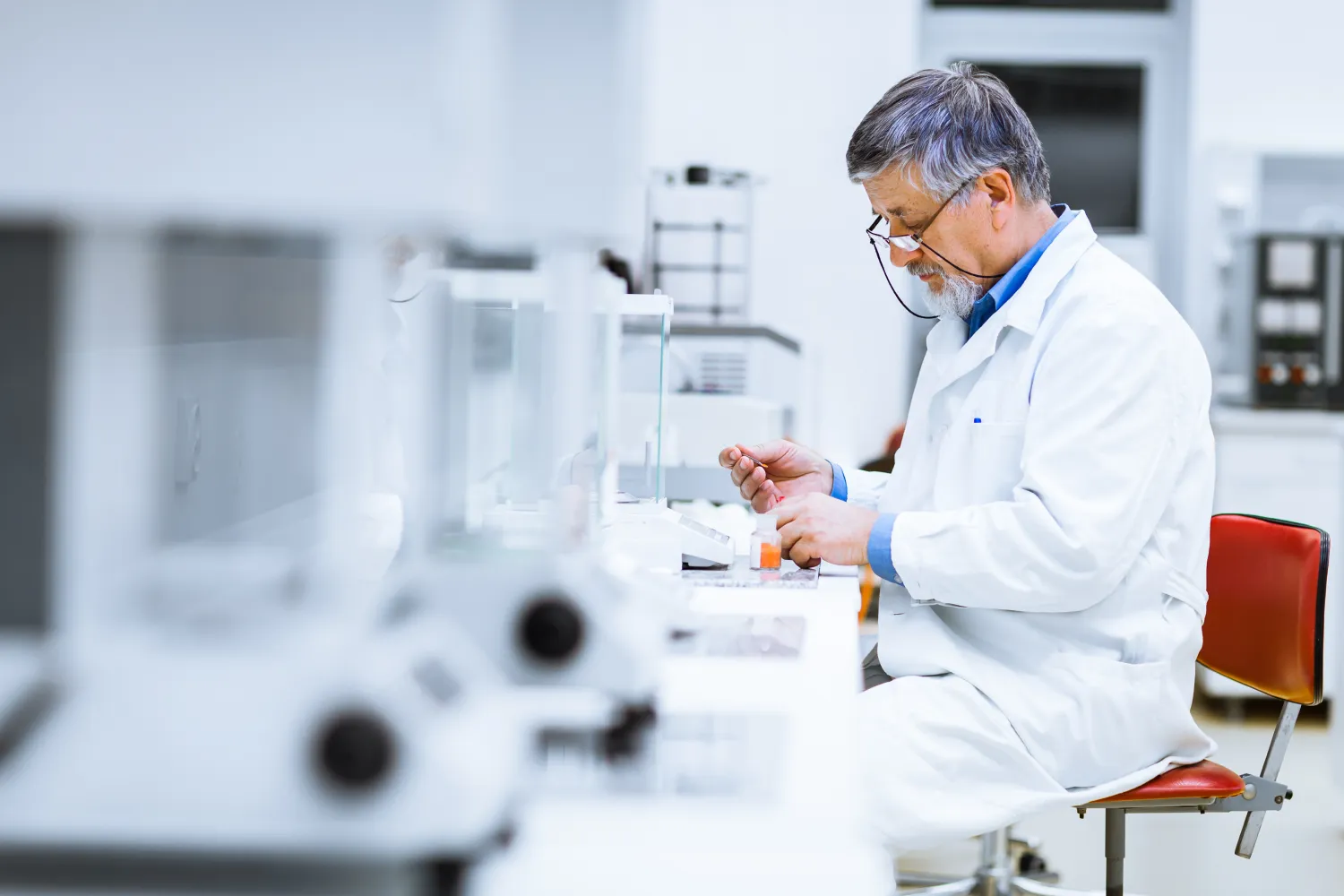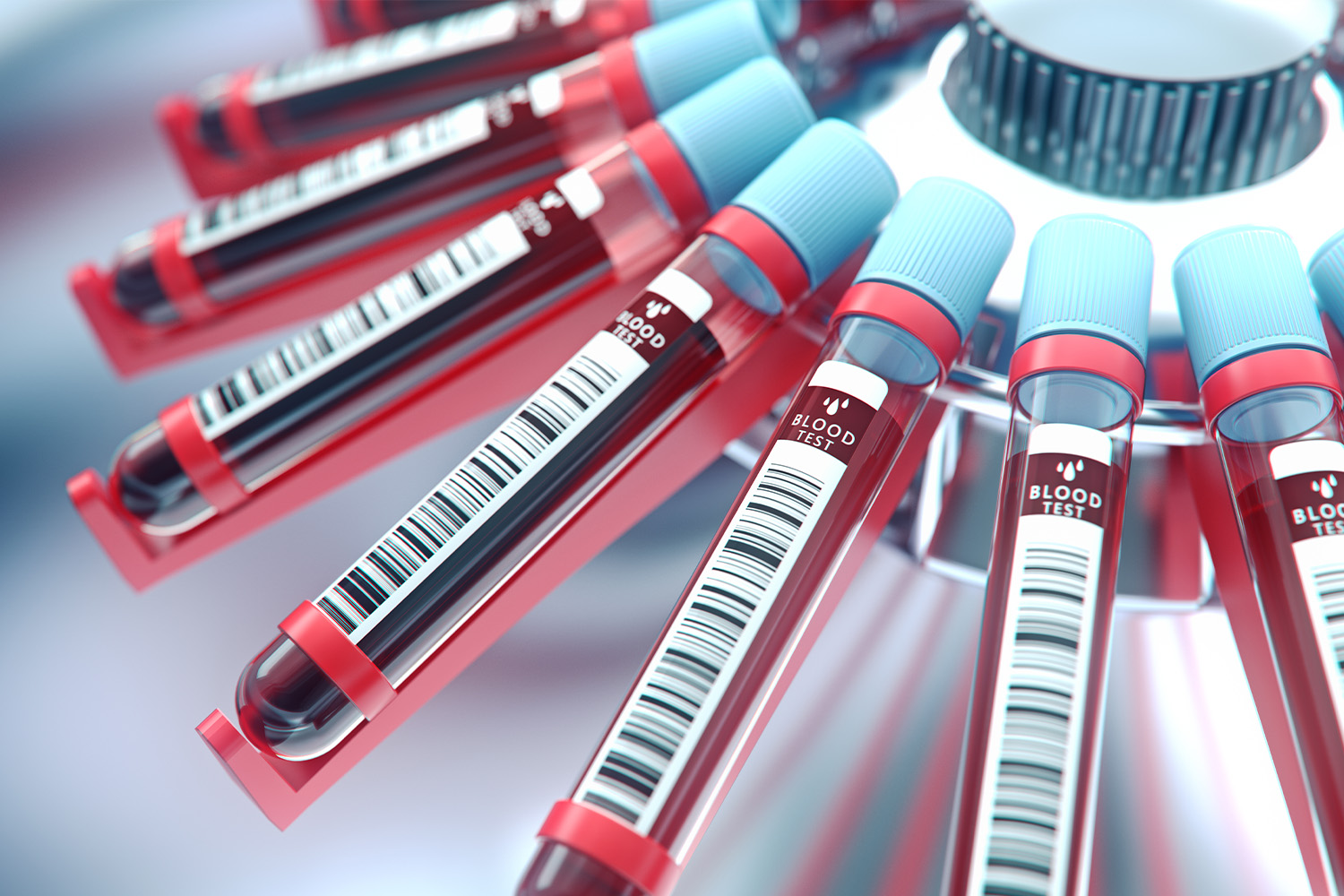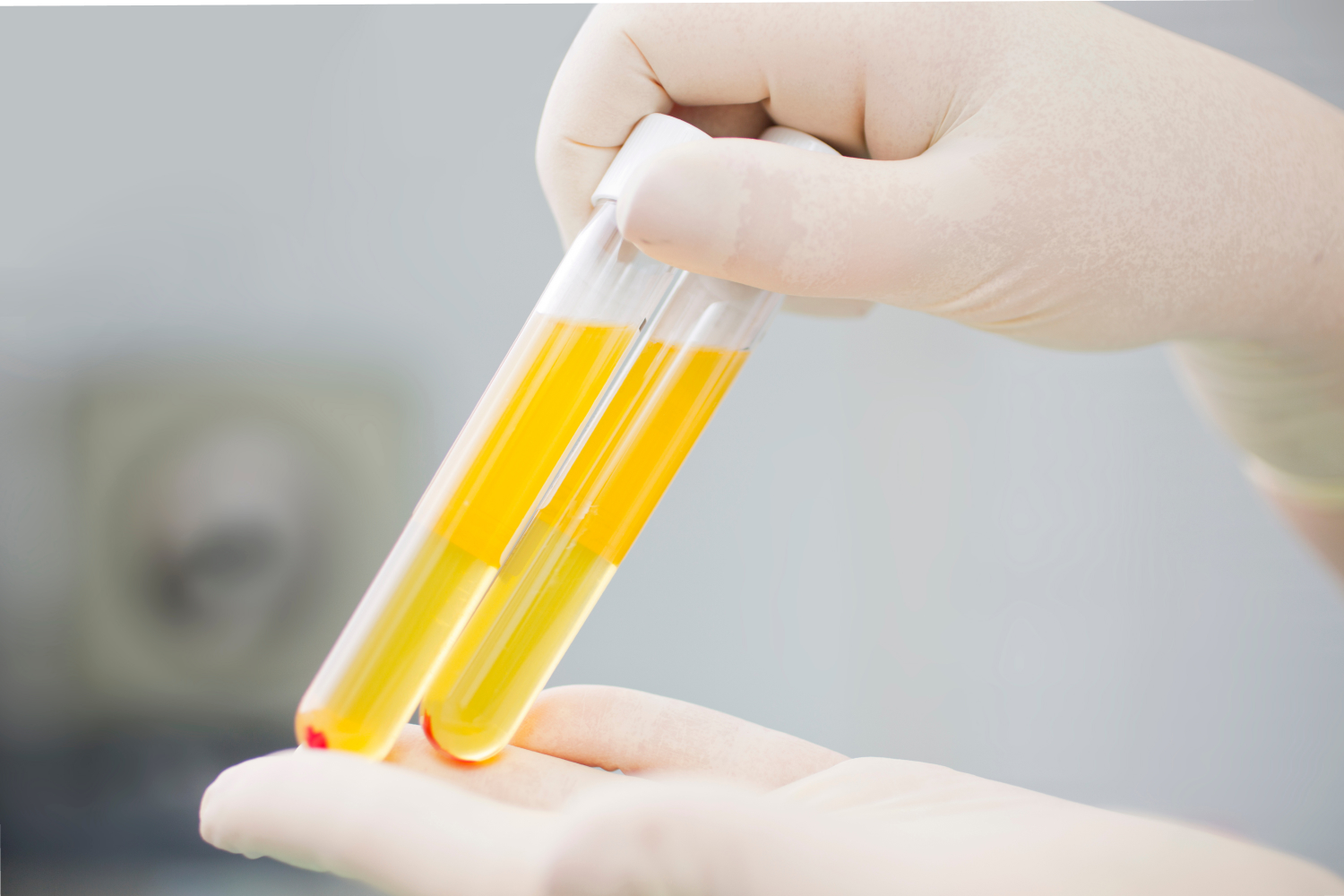Human hair samples are an important research tool for clinical scientists.
Hair follicles contain a great deal of information about the health of a patient, and despite their location on the surface of the body, they offer a unique insight into inner biological workings. The analysis of these samples can assist in the diagnosis and treatment of many diseases, and can provide invaluable data for medical studies.
Hair follicles have the ability to retain small amounts of biochemical data and biomarkers, such as hormones and metabolites.
For instance, human hair can serve as an alternative means to test for cortisol levels if a blood sample is not acceptable. This means that scientists can use hair samples to study how the body reacts to different drugs and treatments.
Through the analysis of these samples, researchers can gain valuable insight into the body’s metabolic processes, such as how the body stores, metabolizes, and excretes many different drugs and biochemicals.
Furthermore, researchers and healthcare providers can also use hair samples to study the impact of environmental factors on the body’s chemistry.
Because of the way its enzyme components interact with the keratin building blocks along the hair shaft, drug evidence remains in hair samples for much longer than other types of biological samples. This is why analysis of hair samples is commonly used in forensic toxicology to determine illicit drug use, as well as in formal drug testing for self-reported drug use.
Collecting hair samples for a clinical research project is a relatively simple process. First, the researcher must obtain physical or electronic consent from the patient or guardian, if applicable.
Next, the hair must be cut close to the scalp in order to preserve as many follicles as possible. Participants may offer a single hair or a larger sample size. It’s important to identify and adjust for any areas of variability, such as hair type, evidence of bleaching or permanent hair pigment, and hair growth rate variances between various demographic categories.
If an acceptable sample is not able to be collected due to hair length or weakness in the hair shaft, the researcher may collect scalp hair. Once the collection of hair is complete, it can then be sent to a laboratory for further analysis.
The use of hair samples has several advantages over other types of tissue samples. Hair follicles are easy to collect with minimal risk of infection or other complications. They can also be stored at room temperature.
Furthermore, the sample collection process is relatively quick and can be performed in a single procedure. Hair samples also provide a large amount of data relative to their easy collection and inexpensive commitment. Researchers can learn from this data through hair analysis processes such as liquid chromatography, microscopy, assays, and mass spectrometry.
However, there are some disadvantages associated with the use of hair samples for clinical research. Due to their small size and fragile nature, hair samples can be difficult to collect and store for long periods of time.
For example, hair samples are more likely to be contaminated by external factors because they are exposed to the environment more than other types of tissues.
Additionally, it is more difficult to obtain accurate readings from hair samples than from other types of tissue samples, as the data obtained can be prone to errors.
To obtain hair samples for medical research, it is best to utilize a reputable source. Hair follicles can be obtained from samples obtained from hospitals, clinics, or research facilities.
It is important to make sure the samples are collected in a sterile environment, and that the collection methods are up to date and verified. Once the samples have been collected, they can be stored in a secure and temperature-controlled environment before they are used in research.
At iProcess Global Research, you can expect to work with a global network of biospecimen providers to meet any research needs. In addition to human hair samples, iProcess has shipped over 100,000 biospecimens including blood, urine, and stool.
Contacting iProcess is easy — request a free quote here.
Sources:
Detection of drugs in human hair for clinical and forensic applications | PMC
The microfollicle: a model of the human hair follicle for in vitro studies | PMC




